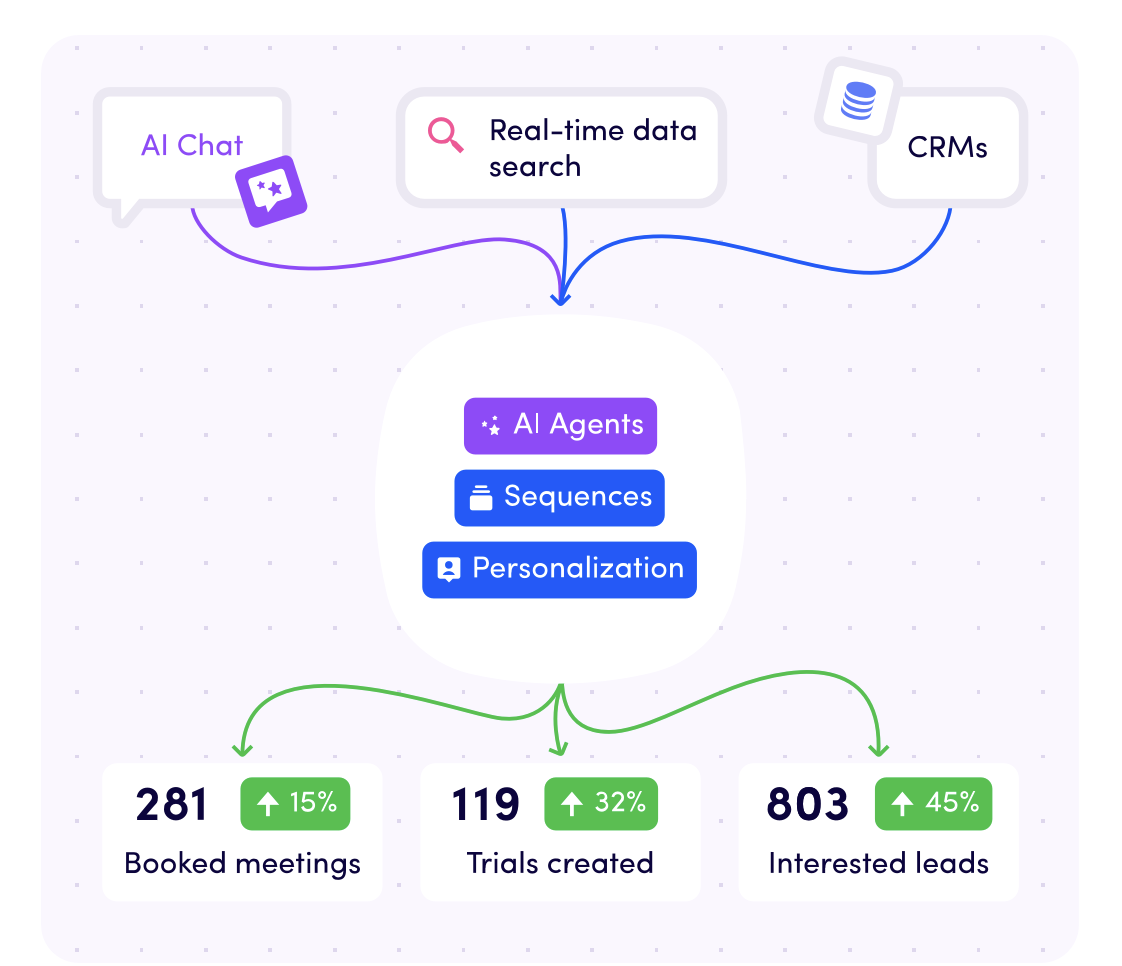Historically, there has always been a stigma surrounding mental health. We’ve known this to be true in our personal lives, with people feeling hesitant to open up about their concerns for fear of judgement. This sentiment has always been prevalent in the workplace and, in some ways, worse, as employees would fear speaking up to avoid risking their livelihood.
If the pandemic showed us anything, it’s that we as a society share many of the same struggles and daily battles regarding our mental health.
As it’s now referred to, the Great Resignation shone an unavoidable spotlight on how employees coped with the pressures of work-life and the fragility of feeling secure in our careers.
Last year in 2021, it was reported that 76% of employees expressed at least one mental health concern, up from 59% in 2019.
What this means for leaders
Statistics like this bring about concern for employee wellbeing first and foremost. Still, they also have a silver lining in the sense that it’s great to see more people feel comfortable talking about their mental health in the first place.
What this knowledge allows us to do as leaders, is implement real change in how we aid and assist our teams.
Whilst we’re not fully equipped to deal with severe mental health concerns at work, these would require the help of qualified professionals, we can provide our staff with resources and a safe place to express themselves.
How to navigate mental health at work
With this in mind, we’d like to share some tips on how you can manage the mental health of your team.
Know where to point people
In the case of a more severe mental health concern, you need to know what resources the company has available for employees and how they can access them.
For many of us, the idea of wading through literature to find information is enough to put off taking action entirely. It’s useful to know what services are available locally along with contact information to pass on.
Have a clear understanding of where to direct team members to minimise resistance and offer encouragement.
Be human, be vulnerable
Part of destigmatising mental health for the masses means that it has to come from the top.
If employees can see that the leadership is open about their own concerns (in a non-intrusive way) this helps others feel comfortable talking about themselves.
You might show this by keeping meetings strictly during work hours rather than staying late for a 15-minute debrief, to show that you value the work-life balance. Or something as discrete as simply airing a frustration about a particular project and how it’s affecting you.
This leading-from-the-front style shows vulnerability and brings a certain humanity to your role in the workplace.
Check-in with your team
Creating open lines of communication is critical for generating a positive workplace culture.
When people feel valued they’re more likely to perform and share more of themselves with each other. This circular ethos does wonders for morale and spirit.
Scheduling a one-on-one with individuals is necessary to evaluate work rhythms, productivity and more but use these moments to ask your employees how they’re doing.
Listen to what is being said back to you (really listen) and try to find ways to alleviate pressures. An empathetic ear is all it takes but to your staff, being able to vent about their personal or professional woes will prove invaluable.
Respect boundaries
The most well-intentioned leader can still cross a line if they’re not careful.
When you’re taking 5 minutes to check in on your workers, keep any questions you have tactful and be sensitive to their boundaries.
A rant about the performance of another team member or a client that’s giving them the run-around is one thing, but when a worker opens up about something more personal, perhaps their marriage or their children, this is where you need to exercise professional restraint and withhold any personal feelings.
Instead, see if you can ascertain whether a subtle shift in the workplace might alleviate these pressures. Could you adjust their working hours? Can lunch breaks be extended? Maybe one day a week working remotely will help?
If a person has come to you with a problem and there’s a way that you match the company’s needs and the worker’s needs, explore it and see what can be done.
Look for signs of mental decline
It’s not always easy to spot a decline in a person’s mental health. Due to its stigma, a lot of us have found coping mechanisms to mask what we’re really feeling. There are some tell-tale signs however that can you can look out for.
- Lacking motivation - are they constantly switching their focus or dragging work out for extended periods?
- Emotional outbursts - are they showing overwhelm with severe mood swings or appear subdued?
- Calling in sick or not showing up - are they coming up with frequent excuses to not be at work?
- Change in appearance - are they taking less care of themselves in how they look?
- Withdrawing from the team - are they isolating themselves from the rest of the team and not wanting to participate?
If you can spot the signs in your team, that their mental health is being affected, this is the time to schedule a check-in and see if you can help.
Make changes to policies and practices
We’ve all been taken aback recently by the unfathomable verdict in the USA, on the Roe v. Wade abortion rights for women. We’ve also seen several companies put their money where their mouth is and offer support to their employees, helping to pay travel expenses, bail protestors out of jail and give paid absences from work, amongst other things.
Companies of all sizes are beginning to understand that a strong ethical foundation is one of, if not the most valuable characteristic of how a business operates.
When it comes to mental health in the workplace then, we want to do more than just “say” the right things, we need to follow through with action.
Changes could include:
- Hybrid roles for staff. Dividing work hours between home and office.
- Changing email practices to avoid an “always-on” culture.
- Introducing flexible hours
- Invest in mental health educational training
- Paid holidays
- Introducing a mentor or buddy-system
Final thoughts
The strength of a team is often defined by the strength of the leadership.
In a time when mental health is receiving long-overdue recognition, it’s critical that companies, and those who lead them, take the time to educate themselves on how best to approach the well-being of their teams.
We hope the tips provided here offer some direction on where to start.













